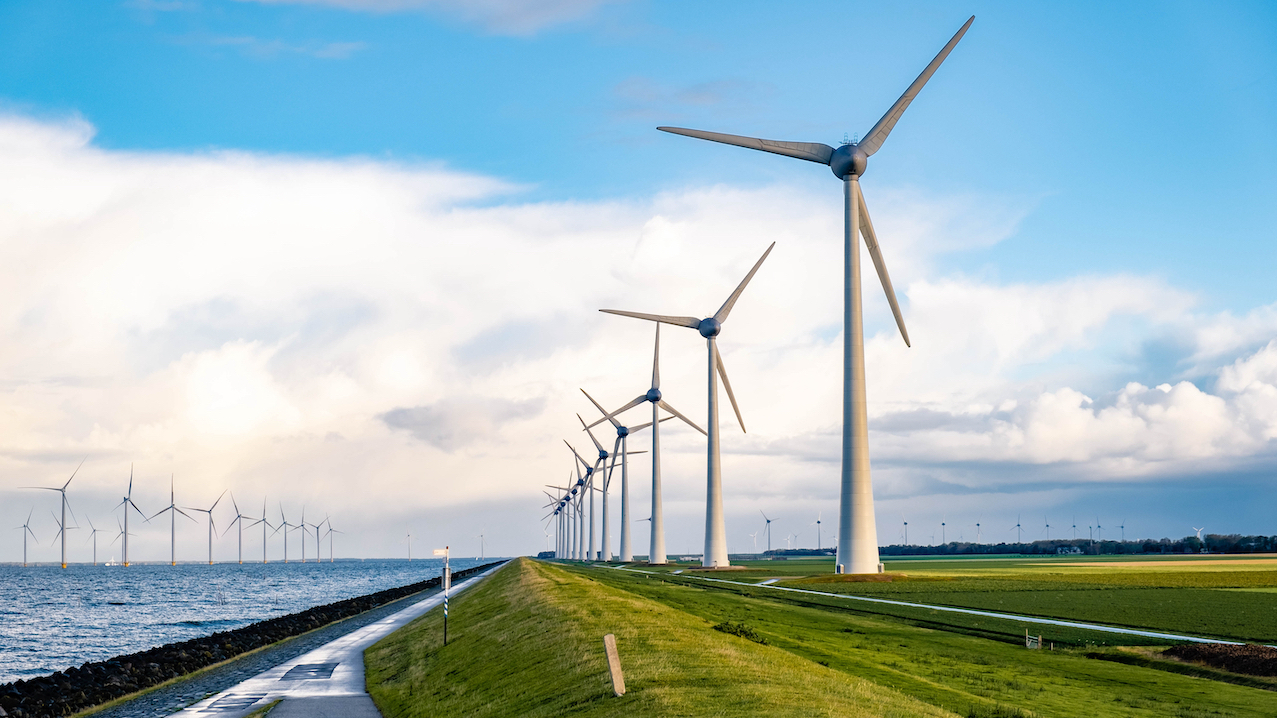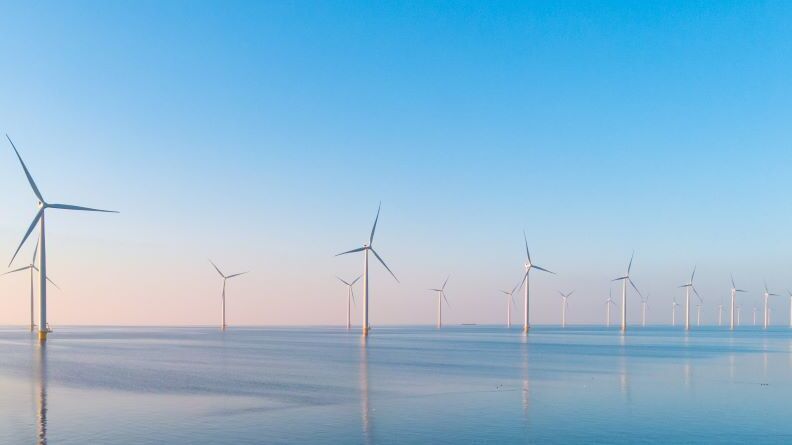ING has received praise from climate activists and analysts across the board after the Dutch banking giant updated its policy with regards to oil and gas investments, primarily those aimed at financing mid-stream projects.
The bank also confirmed it is planning to decrease its oil and gas financing trades, in order to bring its finance business on par with the net zero 250 roadmap as set out by the International Energy Agency.
"This move from ING acknowledges that it makes no sense to end direct finance for oil and gas exploration projects while continuing to fund the infrastructure that transports oil and gas," commented Maaike Beenes, who is lead banking and climate campaigner at BankTrack.
"Although important gaps remain, ING could once more set in motion a positive shift in bank fancing for the fissul fuel industry if this example is followed by other banks," she said.




